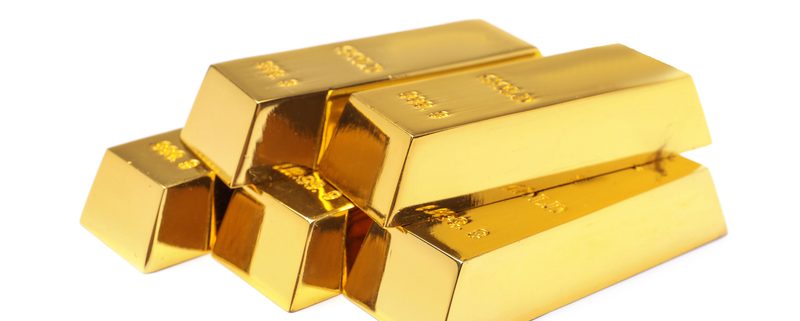What are the Limits of a Self-Directed Gold IRA?
The math is simple: if you believe that gold holds on to its value well enough to make a powerful retirement asset, it only makes sense for investors to hold gold in an IRA. Using a Self-Directed IRA, investors can add approved gold sources to that IRA, thus creating what is unofficially known as a “Gold IRA” or a “Self-Directed Gold IRA.” But does this adequately describe what’s going on with these accounts? And just what are the limits in these accounts, specifically when it comes to the approved gold sources investors can use? Here’s what you’ll need to know.
Defining the Self-Directed Gold IRA
Many people might seek out a “Gold IRA,” as if this were another type of IRA next to a Traditional or a Roth IRA. In fact, it’s not. A Gold IRA simply refers to a type of IRA you use to self-direct your own assets, eventually using gold in that retirement account. It becomes a “Gold IRA” simply because you as the investor chose to purchase gold using your Self-Directed IRA. Silver and platinum are two other precious metals that might be available for investing, but for clarity purposes, many people simply call them Gold IRAs.
What Can You Do with a Self-Directed Gold IRA?
Let’s assume you have a Self-Directed IRA, have a Self-Directed IRA administration firm to help handle administration on the account, and you’re ready to invest in gold in your retirement account. What can you do with it? As you’ll see on our Gold IRA page, there’s quite a lot you can do—but under a specific set of circumstances.
For example, you’ll be free to buy certain approved types of gold, such as gold coins with a purity of 24 karat, or 0.9999 fineness. This also applies to silver; for example, you could not hold sterling silverware within a retirement account, despite the presence of silver. The government wants to make sure that people don’t store antiques and collectibles within retirement accounts, as it can be difficult to track the value of these accounts accurately for tax benefit purposes.
You can then hold the gold or silver within an account; however, there are some limits here that are worth exploring as well.
What Kinds of Limits Are There on Self-Directed Gold IRAs?
Let’s say you did purchase, through your IRA, an approved gold coin. Where does that gold coin go? You can’t hold it in a personal safe, as this would cross the line between the tax benefits of a separate IRA and your personal holdings. For that reason, it’s expected that you’ll store the gold off-site, in an insured approved depository. While almost all depositories are going to have fees associated with them, the benefit is that it qualifies you for the tax benefits of the IRA while also securing the precious metals somewhere that is separate from your home location.
For this reason, there are indeed some limits to a Gold IRA. You can’t hold every piece of gold you want. A gold bracelet, for example, would not qualify. However, it’s still possible to add solid gold to your retirement portfolio if that’s what you choose. You simply have to know the steps to go about it in the proper way, ensuring that your retirement account is in adherence with the guidelines. To help do that, make sure you work with a reputable Self-Directed IRA administration firm.
Interested in learning more about Self-Directed IRAs? Contact American IRA, LLC at 866-7500-IRA (472) for a free consultation. Download our free guides or visit us online at www.AmericanIRA.com.






